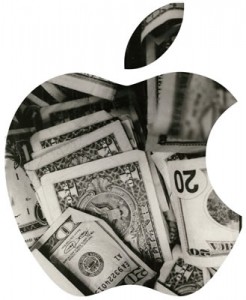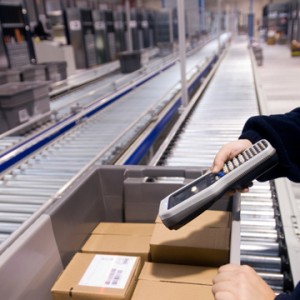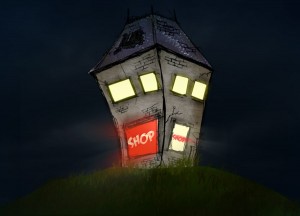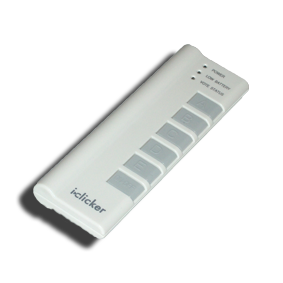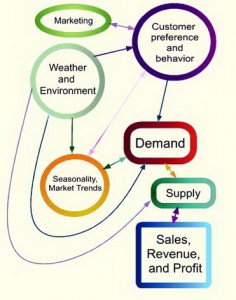What if you were told that while you shopped, you were being watched not only by store cameras to catch theft, but also for data collection? That somewhere, your actions were being examined and discussed? How would you react to that? Luckily, many of you did not know of this creepy, yet accurate forecasting method until now.
Although tracking customers have been around for many years, security companies have finally broke into the market, advancing the cameras abilities by drawing “heat maps” to assess buying behavior, have better strategic capacity planning,and being able to guess shoppers’ sex and age. According to market-research firm IDC, $1.3 billion will be spent on analytics software this year to make sense of the data collected, and potentially increasing forecasting accuracy.
Gordmans, a department chain store that can be found in places like Champaign, Naperville, and Rockford has used cameras as their technology tracking source. In one of their stores, 35 cameras were placed throughout the store and used to track the movement of 29,000 shoppers over a three week span. This footage was then turned into heat maps in order to show which popular departments of the stores consumers gravitated to the most(fashion items) and which departments in the store consumers ignored(home furnishing). It also told them that a large flux of Asian customers frequented their store, which prompted the manager to have Asian salespeople to greet them. The data was also analyzed by using a software from RetailNext where through animation, showed managers how to change the layout of 90 stores to increase sales. These changes helped increase Gordmans’ conversion rate by 3%.
American Apparel has also adopted this ideology by using RetailNext. Stacey Shulman, technology chief of American Apparel, says she craves “the same type of analytics in-store as I can get online.” The software allowed them to tell how many customers came into the store and the time of day. Before using this forecasting method, American Apparel store managers thought they were busiest when sales peaked, when in actuality they were typically off by two hours. By using the existing cameras that are mounted above the doors as you walk in, RetailNext has been able to help American Apparel with capacity. The traffic data collected feeds into the staff scheduling software which allows the store to be able to staff accurately based on how much traffic the camera picks up.
These new innovative software’s touch on many topics we have discussed throughout our course. Both stores have used them as a means to have better forecasting data. It not only gets to track how many purchases, but look at the behaviors and characteristic of those that buy, making it easier to predict their sales. It has also allowed stores to accommodate their capacity needs by using more employees during peaks to create more sales.
As online retailers gain competitive advantage, do you think this is a good idea to boost sales in stores? By gaining more accuracy on their customers, can they win them back?
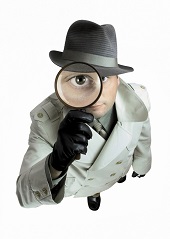
 Is it possible to forecast how much money a movie will make just by reading a script? Statistics professor and movie guru, Vinny Bruzzese says you can.
Is it possible to forecast how much money a movie will make just by reading a script? Statistics professor and movie guru, Vinny Bruzzese says you can.